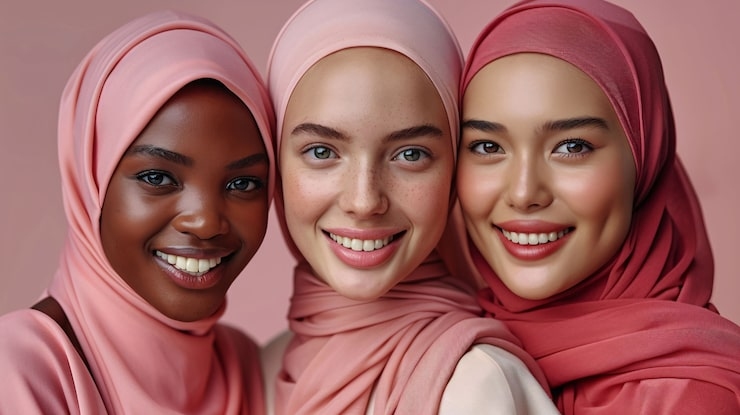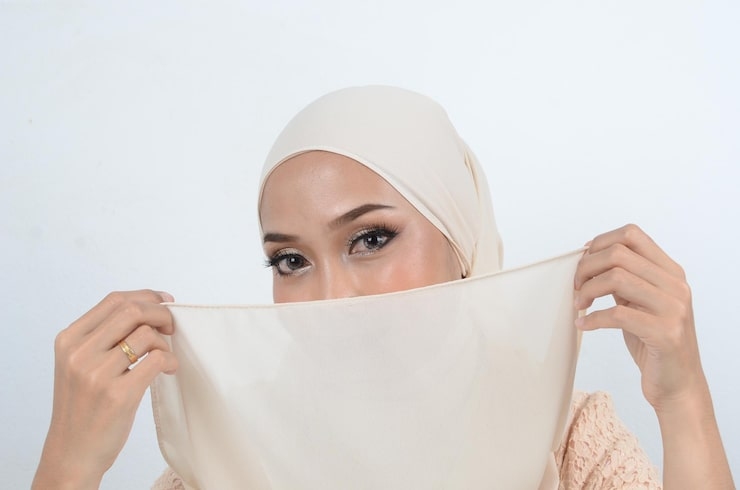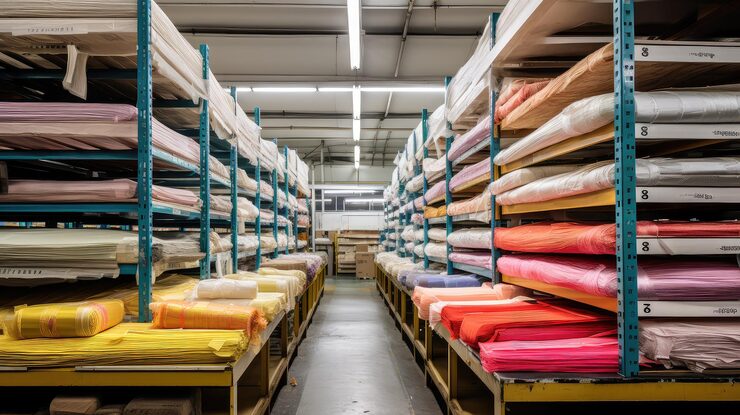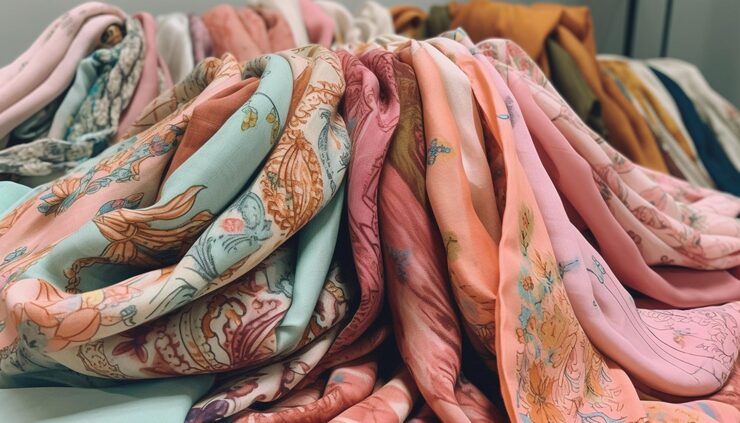Names and Cultural Significance of Full-Body Hijabs
Names and Cultural Significance of Full-Body Hijabs
Introduction: Diversity of Full-Body Hijabs
In Muslim culture, women wear hijabs in a variety of ways, ranging from simple scarves to full-body covering garments. Among them, the full-body hijab is called "full-body Hijab" or "Burqa", and the specific name varies by region and culture. This garment is not only an expression of religious beliefs, but also carries rich cultural and social significance. This article will explore the types, characteristics and deeper meanings behind the full-body hijab.
Definition and Types of Full-Body Hijabs
1. Burqa
Burqa is a full-body covering garment that usually covers the head, body and face, leaving only openings for the eyes. This garment is mainly popular in Afghanistan and some South Asian countries, and women wear Burqa in public to follow religious norms. Burqa is designed to provide maximum privacy and protection, allowing women to travel without being disturbed.
2. Niqab
Niqab is a garment that only covers the head and body, but retains eye openings on the face. Unlike the Burqa, the Niqab allows a woman's face to be partially exposed and is generally considered a more flexible option. The Niqab is particularly common in some Arab countries and North Africa, and women can choose to wear it according to their beliefs and cultural background.
3. Jilbab
The Jilbab is a loose-fitting outer garment that covers a woman's body but usually does not cover the face. It can be paired with a headscarf to form a more traditional style of dress. Jilbab is widely used in many Muslim countries, meeting both religious requirements and adapting to the needs of daily life.
4. Abaya
The Abaya is a long robe commonly used in countries such as Saudi Arabia and the United Arab Emirates. This garment is loose and elegant and is often worn with a headscarf. The Abaya is usually black, but now there are designs in a variety of colors and patterns, reflecting the influence of modern fashion.
The Cultural and Religious Significance of the Full-Body Headscarf
1. Religious Religion
Wearing a full-body headscarf is a manifestation of Muslim women's adherence to religious teachings. In the Quran, women are required to be modest and dignified, and the wearing of a full-body headscarf is the embodiment of this doctrine. Women in different regions may choose different clothing according to their respective cultures and customs, but the core religious concept is the same.
2. Protection and privacy
The full-body headscarf provides women with privacy and protection, making them feel safer in public. The design of this clothing allows women to move freely in society without worrying about the outside world's gaze. For many wearers, the full-body headscarf is a way of self-expression and a means of self-protection.
3. A symbol of cultural identity
The full-body headscarf is not only a personal choice, but also a symbol of cultural identity. The full-body headscarf in different regions reflects local traditions and customs, closely connecting the wearer to their cultural background. In the context of globalization, wearing a full-body headscarf has also become a way for Muslim women to show their cultural identity in foreign countries.
4. Fighting prejudice and misunderstanding
As the world's understanding of Muslim culture deepens, women who wear full-body headscarves face many prejudices and misunderstandings. By actively showing the beauty and confidence of the full-body headscarf, many women are working hard to break stereotypes and show their cultural depth and intrinsic value. This behavior of fighting prejudice not only promotes cultural exchanges, but also enhances the status of Muslim women in society.
Contemporary society's view on the full-body hijab
1. Fashion and personalization
In recent years, with the development of the fashion industry, the design of the full-body hijab has gradually diversified. From the traditional black Burqa to the modern and fashionable Abaya, the emergence of various colors and patterns has made the full-body hijab not only a symbol of religion, but also a fashion trend. Many young Muslim women express their style and attitude by choosing personalized full-body hijabs.
2. Free choice and autonomy
The wearing of the full-body hijab should not be seen as a symbol of oppression, but as a manifestation of women's independent choice. In modern society, many Muslim women choose to wear the full-body hijab voluntarily and with a firm belief. They hope to show their personal style and cultural identity through their choices.
3. Cross-cultural understanding and communication
With the process of globalization, more and more people have developed a strong interest in Muslim culture. The wearing of the full-body hijab has promoted cross-cultural understanding and communication to a certain extent. By showing this cultural symbol, Muslim women can tell their stories to the world and promote respect and understanding of multiculturalism.
Conclusion: The Deeper Meaning of Full-Body Hijab
The full-body hijab is not only a manifestation of Muslim women’s faith, but also carries rich cultural and social significance. By understanding the types of full-body hijab and the deeper meaning behind wearing it, we can better respect and understand the choices of Muslim women. In today’s diverse society, women wearing full-body hijabs show the unique charm of faith and culture with their confidence and elegance. I hope that in the future society will be more tolerant and understanding, so that every woman can confidently show her beauty and style.




